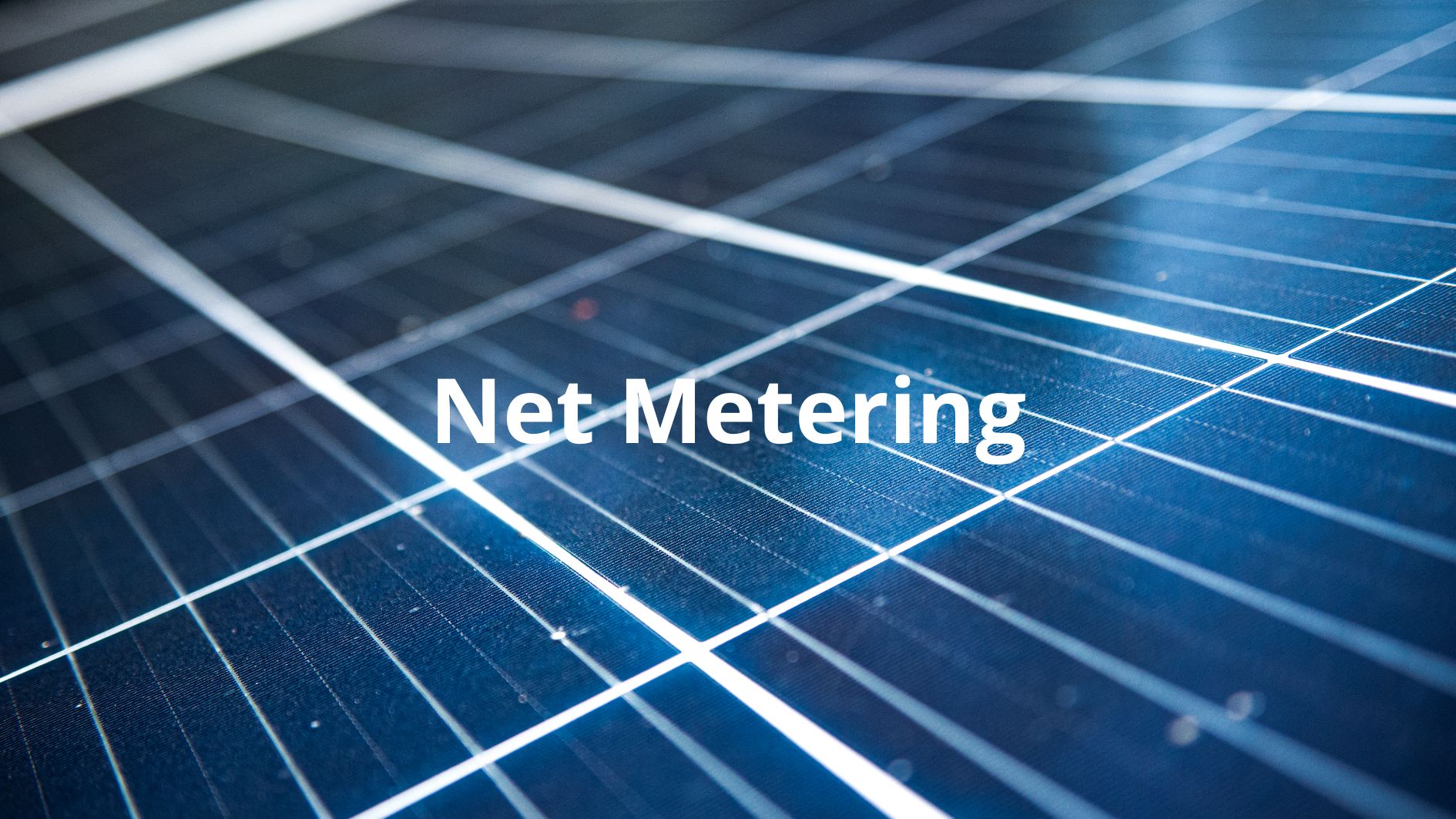Image source: Canva.com
Installing solar photovoltaic (PV) systems represents a substantial investment in harnessing solar energy and reducing long-term energy expenses. Despite the initial high costs associated with solar installation, various federal, state, and local incentives, tax credits, and rebates in Ohio can significantly reduce these expenses. These incentives not only make solar more affordable but also support energy independence and help offset carbon footprints. This guide offers a comprehensive overview of the advantages and incentives available for transitioning to solar energy in Ohio, providing essential information to aid in your decision-making process.

Ohio’s Key Solar Incentives: A Breakdown
Key Solar Rebates and Incentives in Ohio
Here are some of the top solar rebates and incentives available in Ohio:
- Average Savings in Ohio: $9,326
- Reduces the cost of your solar panel system by 30%. Formerly known as the federal Investment Tax Credit (ITC).
- Average Savings in Ohio: $9,326
- Reduces the cost of your solar panel system by 30%. Formerly known as the federal Investment Tax Credit (ITC).
Energy Conservation for Ohioans (ECO-Link) Program
- Offers reduced-rate loans up to $50,000 for energy-efficient home upgrades, including solar installations. Available in five or seven-year terms.
These incentives play a significant role in making solar power more affordable and accessible for homeowners in Ohio, promoting both environmental sustainability and financial savings.
Net Metering in Ohio
In Ohio, you can benefit from net metering, an incentive where your utility company provides bill credits for excess electricity your solar panel system generates and sends back to the grid. This solar buyback program can significantly reduce, or even eliminate, your electric bills.
Utility companies in Ohio have robust net metering programs. While you’ll pay a monthly meter connection fee, you can bank your credits indefinitely, often resulting in zero electricity costs.

Net Metering: Your Guide to Solar Energy Billing
Options for Financing Your Solar Panel System
Here are a few ways to finance your solar panel system so you don’t have to provide all the money upfront:
Cash Purchase
You’ll own the system outright and pay for it upfront, offering the best long-term savings.
Allows you to retain ownership of your system with little to no money down. Look for subsidized clean energy loans through local incentive programs for the best rates. Home equity loans or personal loans are alternatives, though private solar loans may come with higher interest rates or upfront fees.
A third-party company owns the system and either leases you the panels (solar lease) or sells you the electricity they generate (PPA). These options typically offer lower savings and can involve lengthy contracts. Be sure to carefully review the terms before committing to avoid potential drawbacks.

The Solar Panel Payment Dilemma: Solved!
Navigating the Solar Interconnection Process
In Ohio, the solar interconnection process is regulated by the Public Utilities Commission of Ohio (PUCO). The process allows solar panel owners to connect their systems to the electric grid, enabling them to send excess energy back to the grid and draw from it when needed. Ohio follows standardized interconnection procedures for systems up to 20 MW, with three levels of review based on system size and complexity.
Step-by-Step Guide
Step 1: Application Filing
Your solar installer handles the interconnection application, which includes a signed contract, system description, design details, and product specifications.
Step 2: Permit Acquisition
Securing permits is typically the lengthiest part. Requirements vary by location, so the timeline can vary greatly – from one to six weeks – before installation can commence.
Step 3: System Installation
Once permits are in hand, installation begins. This is surprisingly the quickest step, typically taking only 6 hours for residential setups and up to 3 days for more complex installations.
Step 4: Meter Setup
After installation, your installer arranges for the installation of new electricity meters required for net metering participation.
Step 5: System Testing
Before activation, rigorous testing and inspection of the solar panels are conducted to comply with New York State’s testing protocols.
Step 6: Final Approval
Upon successful testing, your installer notifies the completion, and you receive written acceptance within five business days. Your solar panels are now ready to generate clean, renewable energy for your home!
Note that the timeline for this process can vary, typically ranging from a few weeks to several months, depending on factors such as the review level, utility workload, and how quickly you complete each step.
Is It Worth Going Solar in Ohio?
Absolutely, investing in solar PV systems in Ohio is worthwhile. With electricity bills rising steadily, installing a solar PV system can provide significant benefits despite the initial costs:
- Lower energy bills: Solar panels can partially or completely offset your energy costs.
- Credits for excess energy: If your system generates more energy than you use, utility companies provide credits to offset future bills, further reducing your energy expenses.
- Energy independence: Solar panels produce electricity as long as the sun shines, ensuring you have power even during outages.
- Reduced carbon footprint: Solar energy is clean and doesn’t produce greenhouse gasses or air pollution.
- Increased home value: Homes with solar panels typically sell faster and at higher prices.
With the costs of solar PV systems decreasing over the past decade, combining these benefits makes going solar a wise investment in Ohio.





